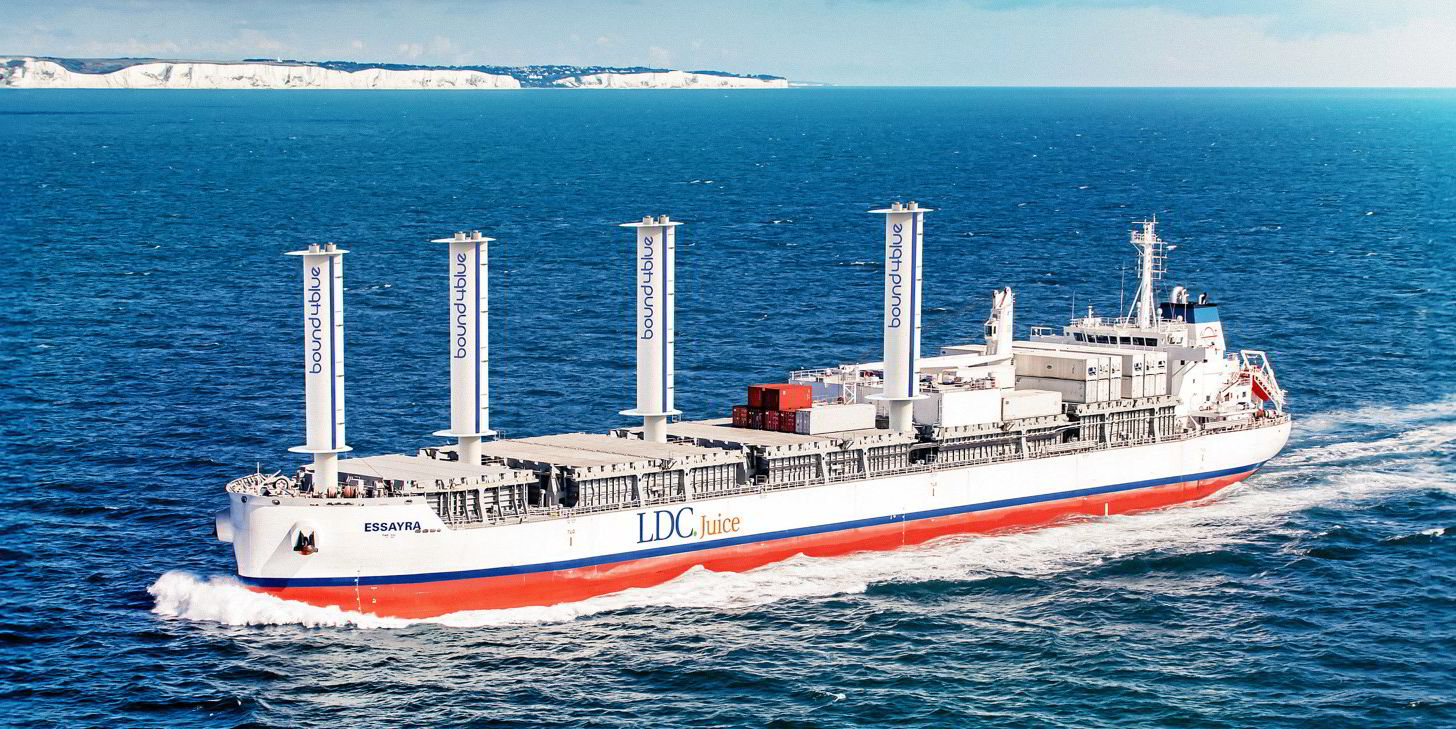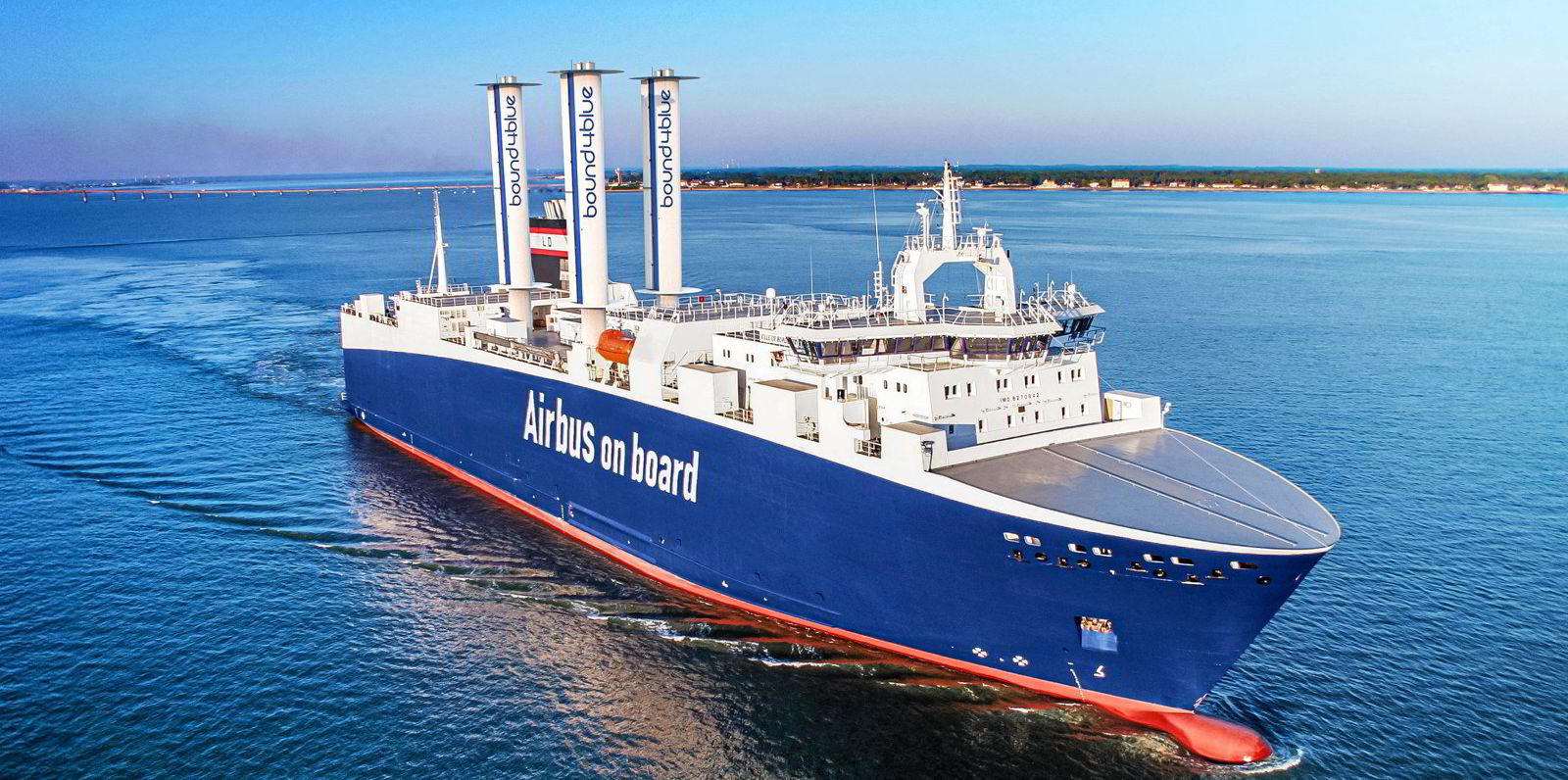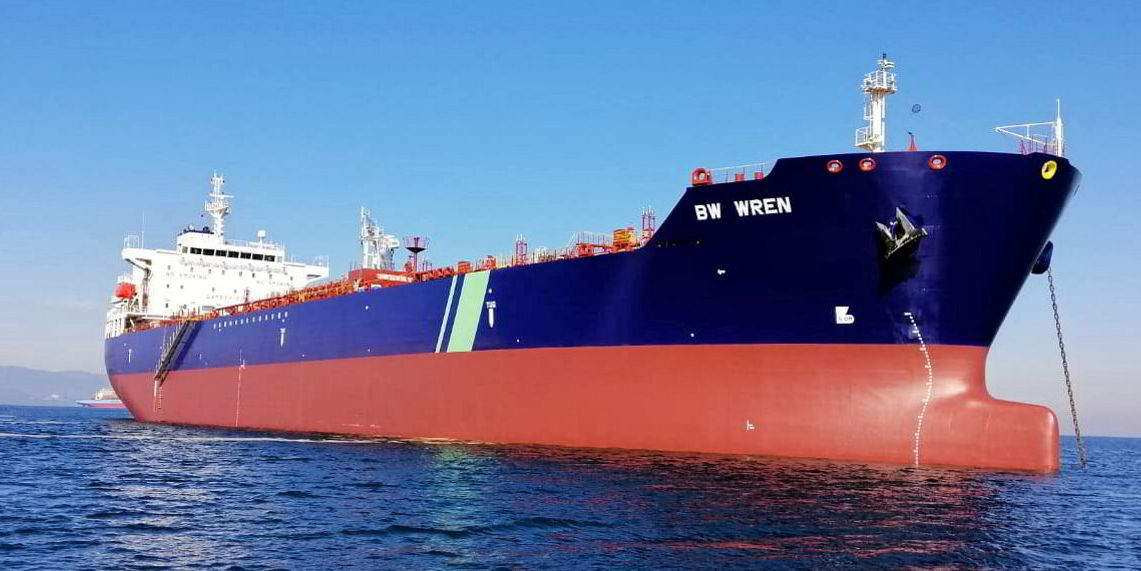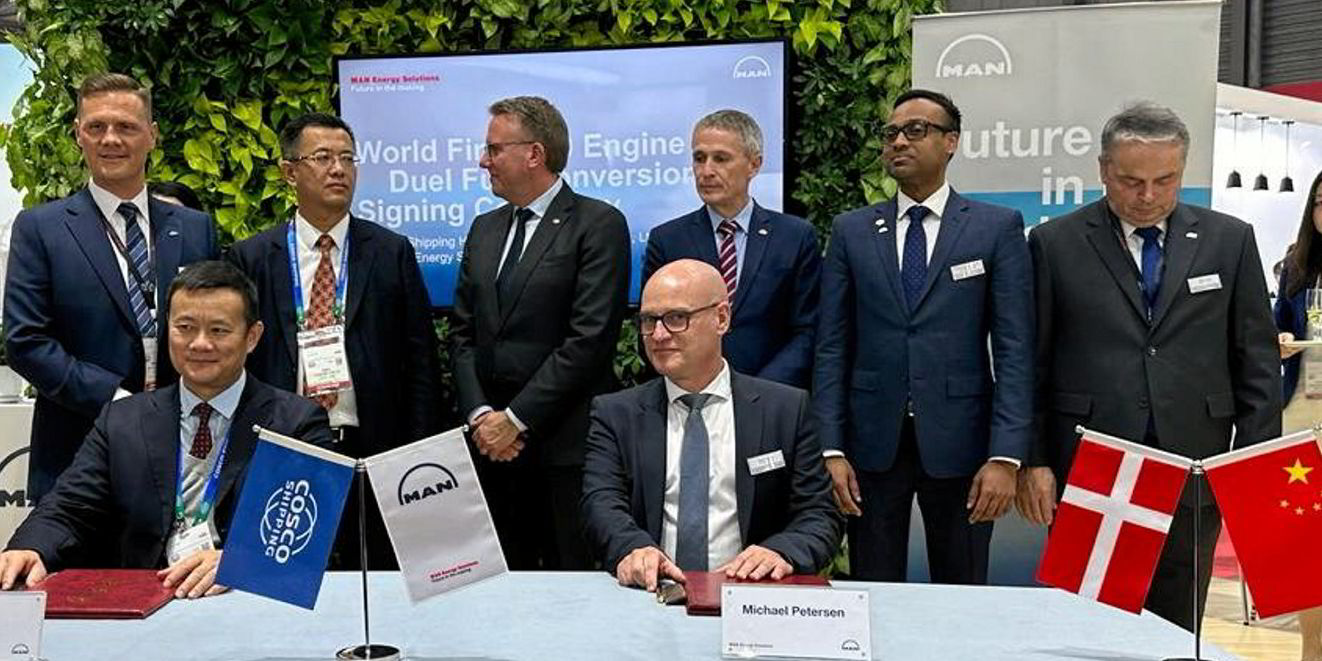The increasingly stringent emissions regulatory regime that the shipping industry faces is forcing many owners to put their ships through green retrofits.
A three-year study commissioned by green retrofit specialist Njord has found that out of the 65,000 vessel assets currently on the water, about 20,000 or so would require some sort of green retrofitting to remain commercially viable after the International Maritime Organization’s 2030 agenda kicks in. That does not consider the fuel transition.
Most modifications currently being made involve the installation of small-scale energy efficiency technologies — the low-hanging fruit — usually costing under $1m and are often self-financed, according to Kaushik Seal, Njord’s general manager for the Far East.
This type of “middle path” retrofit, which is not too expensive, is fine when looking at an IMO 2030 agenda and horizon, Seal said.
Post-IMO 2030, the emissions regulations will become increasingly tougher, especially as IMO 2050 draws near. The scale and scope of the green retrofits needed to keep existing ships relevant in the market will only get bigger and wider.
Industry stakeholders taking part in a recent panel discussion on green retrofit financing as part of a series of decarbonisation seminars organised by Singapore law firm Stephenson Harwood believe the costs for these more complex retrofits will climb beyond the self-financing abilities of small to medium-size shipowners.
All agreed that retrofitting conventionally fuelled vessels to run on green fuels such as ammonia, methanol and hydrogen, or installing mechanisms such as rotors or sails, will require external financing.
While many ships being built today are being touted as “future fuel ready” for one type of future fuel or another, such a notation is misleading, classification society representatives admitted.
Being “ready” ranges from simply having the ability to convert the ship included in its design plans without anything installed on board to having the tanks, piping, ventilation and safety systems fitted into the ship, said Sobhith Hariharan, Lloyd’s Register’s global newbuilding support manager.
In short, the less ready the ship, the more costly it will be to make the switch.
The question now is how shipowners will finance such extensive retrofits.
Collateral conundrum
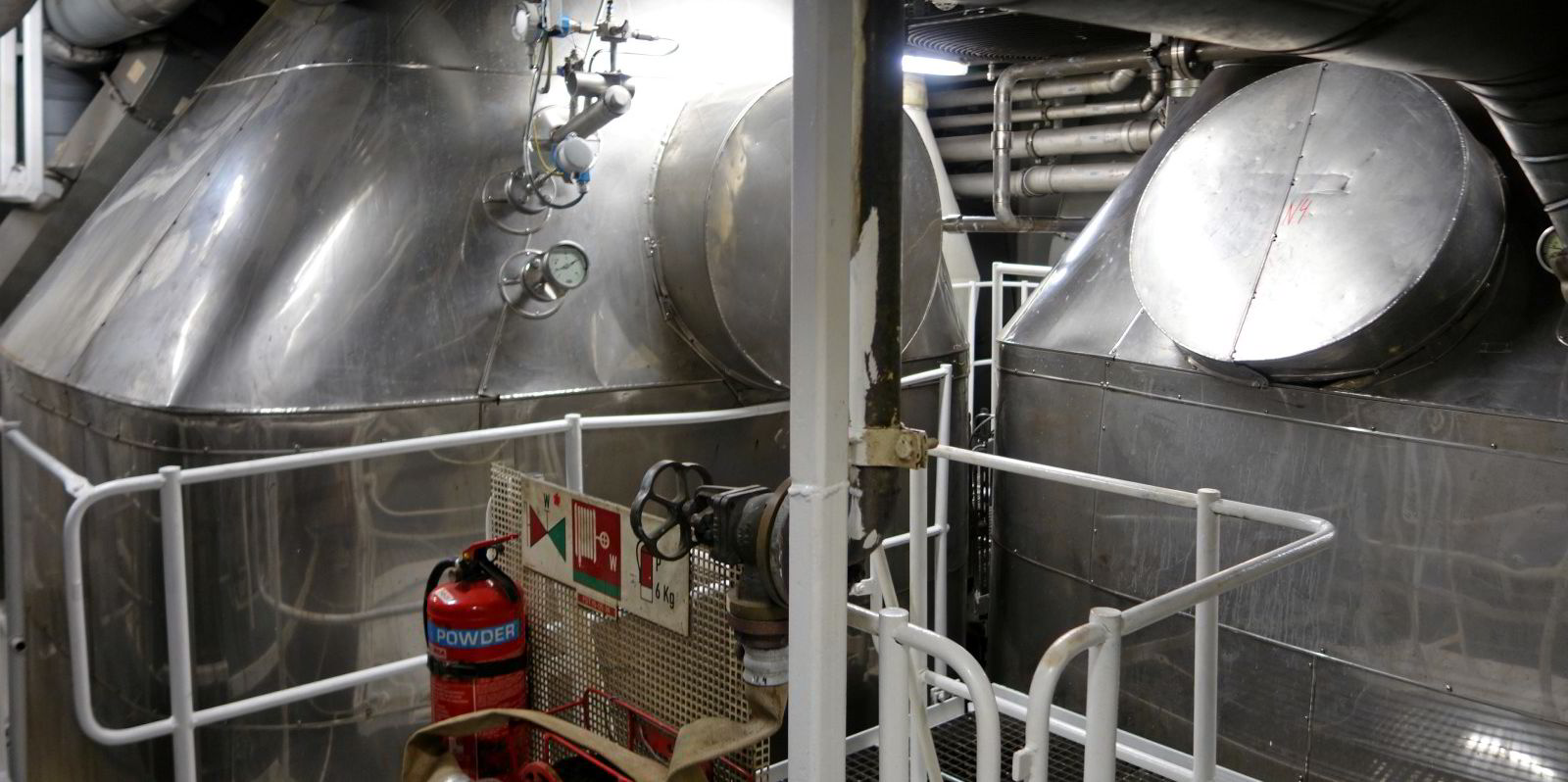
Yuichiro Yamaguchi, global head of ship finance at Development Bank of Japan, said the challenge of financing green retrofits lies with who holds the collateral for the expensive equipment being installed on the vessel.
The problem, Yamaguchi noted, is that once that equipment is installed, it becomes part of the ship. If that vessel is already financed, there will be a mortgage on it, and that mortgage will automatically extend to the vessel as retrofitted. The newly installed equipment is thus combined with the current senior lender’s collateral.
Delving deeper into the collateral conundrum, Stephenson Harwood partner Jeffrey Tanner said: “The problem when you have a retrofit scenario is you need x million dollars and someone needs to fund that.
“You’ll go to your bank, and they may or may not be the current lender in connection to that vessel. If they are the current lender in connection with that vessel, then there are a number of solutions available to you.
“The next option is, again, going to the lender that financed that vessel. You may see that the financing is maturing, at which point you say let’s refinance now, let’s do the whole package; first priority security interest over everything. And we just make it a requirement that we do the retrofit.”
Jens van Yperzeele, ING Bank’s Singapore-based director of shipping coverage, noted that while banks have been involved in “fairly material upgrades” of ships that are sometimes integrated into an existing security package, the more costly and complex retrofits expected in the future present a different challenge.
“I think it’s primarily driven by the quantum of the investment. When we were looking at scrubbers or ballast water treatment systems, this was manageable … But, if we’re going to go through proper engine retrofits, then we’re talking quantum stuff. I believe the big players might still be able to stomach this, but not everyone will,” he said.
Intercreditor arrangements
The financing question becomes trickier if a shipowner’s primary lender on a vessel is unwilling or unable to finance the green retrofit, or the shipowner wants to bring in a competing lender to finance a particular piece of equipment on the vessel.

“There are ways to get around this legal issue, but they tend to be time consuming and expensive, and you would have a second priority security package in favour of the retrofit financier,” Tanner said.
“This requires cooperation between senior lenders, new lenders and the shipowner. Then you have to have an intercreditor arrangement between the first priority security providers and the second-priority security providers.
“It gets very, very complex and very expensive. It is a solution, but it’s a challenging solution,” he added while admitting that he had not seen too many examples of shipowners going down this avenue.
Stephenson Harwood partner Jonathan Ward suggested that shipping looks at the financial mechanism used in the offshore oil and gas industry.
“They are always adding widgets to platforms and things like that. That’s where we’re going to get our inspiration. I also think intercreditor arrangements will become the standardised solution … that’s what the lawyers should be working at to reduce the costs,” he said.
ING’s van Yperzeele suggested the shipping industry needs to start working out solutions to the retrofit financing question. He pointed out that so far there has not been much demand for complex financing schemes to fund expensive retrofits, simply because no single future fuel choice has emerged.
“People aren’t really going in and retrofitting yet. When that hits, that’s when we really have to be a bit more creative,” he concluded.
